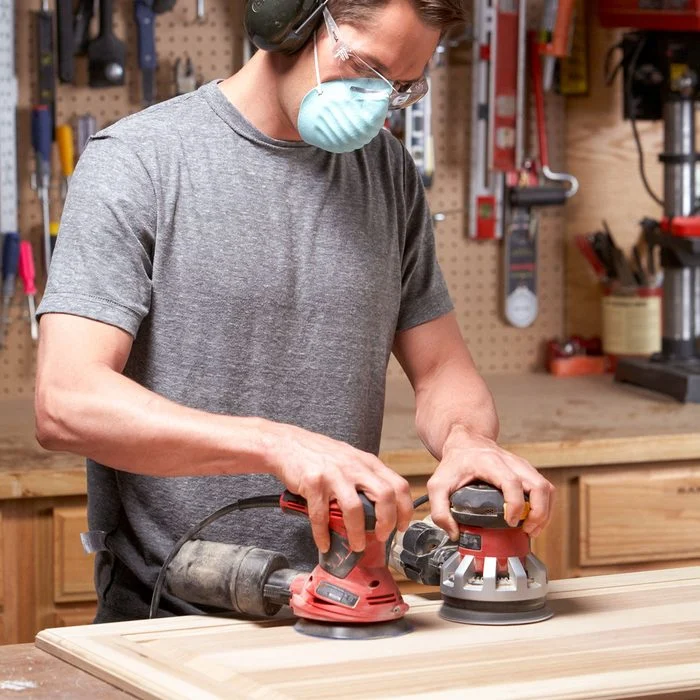Sanding wood is a crucial step in woodworking, but it can be time-consuming. Whether you’re a professional woodworker or a DIY enthusiast, learning how to sand wood faster can save you valuable time and effort. In this article, we’ll provide you with 12 practical tips to help you sand wood more efficiently, so you can get your projects completed with greater speed and precision.

The Need for Speed: Sanding Wood Efficiently
Efficient wood sanding not only saves time but also helps you achieve smoother and more professional-looking results. By implementing the right techniques and tools, you can reduce the effort required and produce high-quality finishes.
12 Tips for Sanding Wood Faster
- Choose the Right Sandpaper Grit: Select the appropriate grit for your project. Coarse grits remove material faster, while finer grits are for finishing touches.
- Use Power Sanders: Invest in power sanders like random orbit sanders, belt sanders, or palm sanders to speed up the process significantly.
- Maintain Sharp Sandpaper: Keep your sandpaper sharp by frequently changing it or cleaning it, ensuring it remains effective.
- Follow the Grain: Always sand in the direction of the wood grain to prevent scratches and achieve a smoother finish.
- Prioritize Problem Areas: Focus on the areas that need the most work first. This way, you can spend more time on stubborn imperfections.
- Use Proper Technique: Apply even pressure, keep the sander moving, and avoid lingering in one spot, which can create uneven surfaces.
- Employ a Dust Collection System: Use a dust collector or a shop vacuum to keep your workspace clean and prevent dust buildup, which can slow you down.
- Sand in Stages: Start with a coarse grit to remove imperfections and gradually work your way up to finer grits for a smoother finish.
- Be Mindful of Pressure: Let the weight of the sander do the work. Excessive pressure can lead to uneven sanding and slow progress.
- Don’t Skip Grits: Progress methodically through the grits. Skipping grits can leave behind visible scratches that require additional sanding.
- Plan Your Sanding Pattern: Develop a systematic sanding pattern, such as a figure-eight or crosshatch, to ensure even coverage.
- Finish with Hand Sanding: For fine details and intricate areas, finish with hand sanding to achieve a polished, professional result.
Conclusion
Sanding wood faster doesn’t mean compromising on quality. By choosing the right tools, sandpaper, and techniques, you can save time and effort while achieving excellent results. With these 12 tips, you’ll be able to streamline your wood sanding process and complete your projects more efficiently.
FAQs
- Can I use an electric sander for all types of wood? Electric sanders are suitable for most types of wood, but be mindful of the wood’s hardness and adjust the grit accordingly.
- How do I know which grit to start with? Start with a grit that matches the severity of imperfections on the wood. Typically, start with a coarse grit and work your way to finer grits.
- Is hand sanding always necessary? Hand sanding is often used for fine details and to achieve a polished finish, but it’s not always necessary for every project.
- What’s the best way to clean sandpaper during use? Cleaning sandpaper can be done by tapping or brushing off the dust while the sander is off. For more thorough cleaning, use a sandpaper cleaning stick or a rubber eraser.
- Is there a specific sanding pattern I should follow for different projects? The sanding pattern depends on the project and personal preference. Experiment with different patterns to find the one that works best for you.


